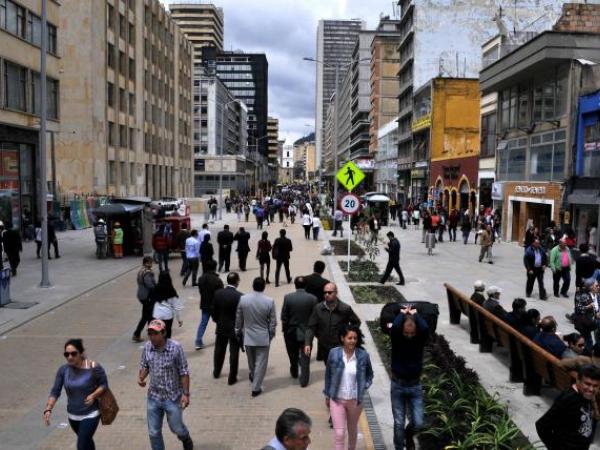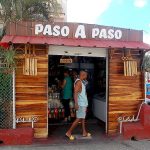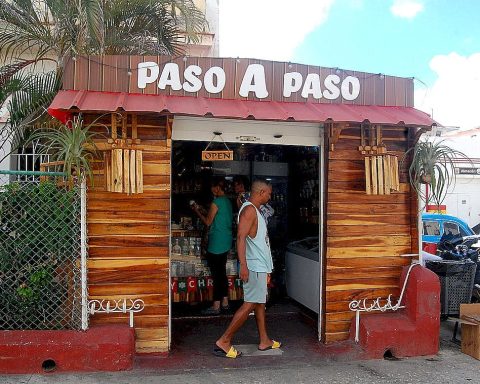During the launch of the Economic Reactivation Forum: Confidence to Grow, which took place this Friday, August 9 in Manizales, the National Government provided details of what will be the plan that has been insistently requested by the unions and productive sectors of the country, which will focus on seven axes that they described as fundamental to stopping the slowdown.
This presentation was given by Alexander López, director of National Planningand Laura Sarabia, Director of the Administrative Department for the Presidency, who pointed out that the progress they have made so far is the result of listening to unions, companies and academics; and that they hope to have everything ready in at least six weeks, so that it can begin to be implemented.
For reading: Passing storm: what stirred up investment markets this week?
The first to speak was Alexander López, who said that the good news that the country has seen in economic matters in recent days is thanks to the economic model that is being implemented, although he acknowledged that there are still significant challenges to be resolved and that the Government’s commitment must increase, involving all those who want to participate.
“Economic reactivation is not only a necessity and an urgency for a country, but also the call of society to urgently address the needs of the Colombian population in general. The most important social variable that exists is employment, which represents the real capacity of a society to guarantee itself income that allows it to enjoy of goods and services to improve the quality of life of the general population,” he said.
Petro Government Economic Reactivation Plan
Courtesy.
Breaking the mold
One point that stands out in what Alexander López said was that this reactivation will be an opportunity to do things differently and create strategies that break with the “traditional standards” that, from his perspective, have led the economy to the levels of weakness that are currently seen.
“The country’s economic structure is weak and unfortunately has been focused “In the underground, in remittances, in real estate income, in imports and in illegal economies, as has been seen recently in our country. That is not good enough for us and we cannot reactivate the economy under traditional standards. We have to take a leap and that leap means that moving towards the development of the country implies great changes, not only from the Government, but also from the private sector,” he said.
More information: Government begins a cycle of talks with the dairy and rice sectors
National agreement
In another intervention, Laura Sarabia, director of Dapre, mentioned that the country is facing a challenging scenario in which it has fought against accelerated inflation and must currently concentrate on reactivating the engines of the economy that are turned off, which is why there are instructions from President Gustavo Petro to improve productivity, generate more jobs, attract investment and guarantee real income for Colombians.

Economic recovery
iStock
“There are some voices that express concern about the lack of investment, “But it is their main messages that fuel panic, significantly damaging the national economy. That is why we work tirelessly. There are more of us who want to see Colombia grow and we must all begin to generate the confidence necessary to grow,” he said.
In this regard, he invited unions and private companies to work together over the next few days on creating an economic recovery plan, so that it is ready in six weeks and can be implemented as soon as possible, a task in which he said again that it is necessary to bet on a great “national agreement.”
Seven axes
The Government’s economic recovery plan, still under construction, will focus in seven strategic axes, which start with sustainable reindustrialization, tourism in harmony with life, energy for life, digital connectivity, paths to peace and progress, a productive field, and housing and water for life.
“These seven axes include actions that involve different productive segments, from the popular and community economy, historically invisible, to large companies. The reactivation plan that we propose for our country directs state resources to create conditions for the creation of wealth, the closing of social and territorial gaps, and sustainable alternatives for the creation of the material and cultural bases to achieve peace,” said Alexander López.

Petro Government Economic Reactivation Plan
Courtesy.
Regarding reindustrialization, the Government explained that it seeks to technologically modernize micro, small and medium-sized enterprises (MSMEs), as well as promote reindustrialization in strategic sectors. The initiative also contemplates the renegotiation trade agreements with Brazil and Argentina to improve competitiveness and productivity.
“This government is convinced that the private sector is a key player in dignifying Colombian communities and is willing to make agreements and give citizens opportunities to get ahead. I am convinced that many Colombians today are grateful that we are leaving the day-to-day fights to sit together and look for paths that have results,” Sarabia added.
You may be interested in: Port companies are in trouble due to delays in operations: these are the complaints
On the other hand, the tourism focus in this plan points to projects destinations such as San Andrés and Providencia stand out, and to promote tourism development that respects the environment and local communities. Likewise, in terms of clean energy, “Energy Municipalities” will be implemented, transportation systems will be electrified, and appliances will be updated in low-income homes to accelerate the transition to renewable energy and reduce energy rates.
“I propose that in six weeks we present the country with a concrete proposal: the roadmap for economic reactivation. And as the Director of Planning said, this is only possible with you, with the regions, and that we all dedicate ourselves to working to reactivate the economy. The invitation is to continue taking steps together, the future of Colombia calls us to unite,” concluded Laura Sarabia.
Finally, these officials said that the plan will also improve digital connectivity in the country’s 32 departments to close the digital gap and promote technological inclusion, road and port infrastructure will be strengthened to optimize foreign trade and logistics, while the agricultural sector will receive financial and technological support. They will also promote social housing policies to reduce the housing deficit and offer affordable and sustainable housing.
PORTFOLIO

















